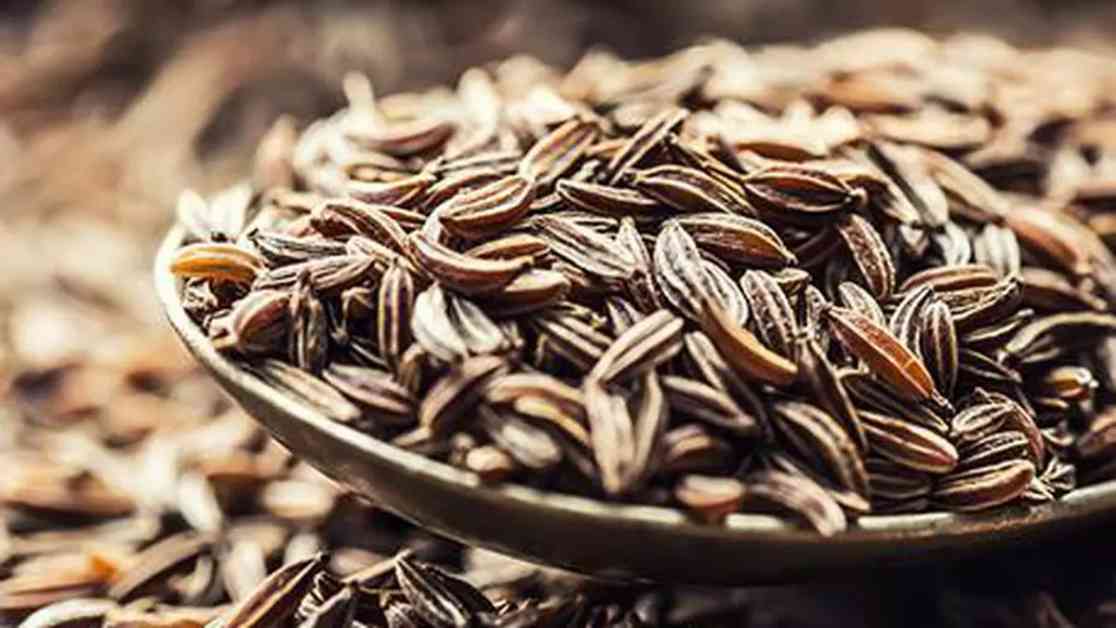India’s Cumin Crop Outlook for 2024-2025: Impact of Area and Weather
The anticipation surrounding India’s cumin production for the 2024-2025 season is palpable, with trade sources offering insightful estimates. The cumin crop, which typically flourishes in the north-western states of Gujarat and Rajasthan, is expected to range between 65 and 90 lakh bags of 55 kgs each. This projection marks a significant decline from the bumper crop of 1.15 crore bags witnessed in the preceding year of 2023-24. The underlying factors contributing to this downward trend include a reduction in acreage, unpredictable weather patterns, and pest invasions in key-growing regions.
Yogesh Mehta, CEO of SpicExim, a seasoned professional with over 54 years of experience in the spices trade, sheds light on the state of cumin cultivation. Mehta reveals that cumin sowing has dwindled by approximately 25% compared to the previous year, attributing this decline to various weather-related challenges and delayed planting schedules. Despite these setbacks, Mehta remains cautiously optimistic about the upcoming crop, forecasting a yield ranging from 65 to 70 lakh bags. With the inclusion of carry-forward stocks amounting to approximately 20 lakh bags, the total availability of cumin is estimated to be in the range of 85-90 lakh bags, a figure deemed sufficient to meet both domestic and export demands.
A Closer Look at Regional Perspectives and Challenges
As the cumin cultivation landscape shifts, regional traders and experts like Dinesh Soni and Bhagirath Chaudhary offer invaluable insights into the nuanced challenges faced by farmers. Dinesh Soni, hailing from Sree Shyam International in Jodhpur, predicts a crop size of around 90 lakh bags for the current year, marking a notable decline from the previous season’s output. Soni attributes this decrease to a 20% reduction in cumin cultivation area in Gujarat and a 5% decrease in Rajasthan. Last year’s favorable yields bolstered production levels, a trend unlikely to be replicated this year due to delayed planting and adverse weather conditions.
Bhagirath Chaudhary, the Founder Director of the South Asia Biotechnology Center, adds another layer to the narrative by focusing on pest management practices in Rajasthan. Chaudhary points out that the cumin crop in the state might witness a 30% decrease this year, with delayed planting exacerbating issues like fusarium wilt and aphid infestations. While the early sown crop shows promise, areas affected by delayed planting are grappling with stunted growth and compromised grain formation. Chaudhary’s expertise underscores the complex interplay between agricultural practices, environmental factors, and pest control measures in ensuring a successful cumin harvest.
Looking Back and Moving Forward
Reflecting on the previous year, the 2023-24 cumin production data provided by the Spices Board paints a picture of growth and resilience in the face of challenges. A notable increase from 5.77 lakh tonnes to 8.6 lakh tonnes signifies the industry’s capacity for adaptation and expansion. However, as the 2024-2025 season unfolds, farmers, traders, and experts brace themselves for a set of unique obstacles that could shape the trajectory of cumin production in India. The next 2-3 weeks are poised to be critical, with weather fluctuations and pest pressures looming large over the cumin fields of Gujarat and Rajasthan.
In the ever-evolving realm of agricultural production, cumin cultivation stands as a testament to the delicate dance between nature’s forces and human ingenuity. As farmers navigate the complexities of planting, nurturing, and harvesting cumin, their resilience and resourcefulness shine through, ensuring a steady supply of this aromatic spice to markets far and wide. The forthcoming season holds both challenges and opportunities, underscoring the enduring spirit of Indian agriculture in the face of uncertainty and change.























